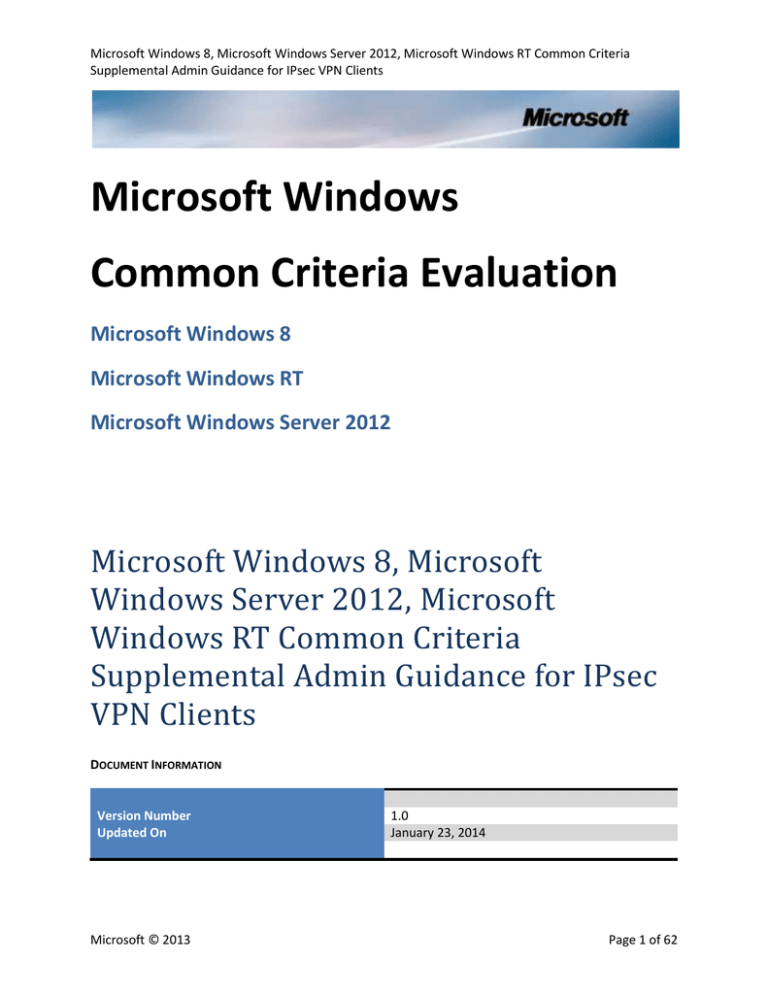

If you like, you can specify the port number on the General tab on the client router. The main difference is that this tunnel is not limited only to the port 1701 UDP, used for the L2TP tunneling. Our new router is connected using IPSec protocol. We will switch to the Installed SAs tab and we can see that tunnel is established. The newer versions by default use the SHA1 authentication algorithm, while older versions use 3DES. You should check it’s settings, as there can be differences between older and newer settings. Please, pay attention that you will use the Default proposal here. In addition, we need to leave the checkbox Tunnel unchecked. On the Action tab we must enter the same IPs as on the General tab. Therefore, the source address will be the same as the SA source address. The biggest change here is that the mode of IPSec operation is main l2tp. The best way is to fill one document about your IPSec configuration. In addition, don’t forget to write down all necessary parameters. Therefore, we will configure it in a minute. However, the encryption isn’t the problem for us. Alas, we have the tunnel without encryption. Mikrotik will create the new VPN interface and in the short while, we will see the connection status update.Ĭongratulations again! You’ve successfully made the L2TP tunnel. The difference is that we don’t have the IPSec section.įill all necessary fields and click on the button. The newly opened window looks familiar, as it’s a very similar to that in RouterOS v6. We will see the PPP window, where we can choose the drop-down menu with the list of available PPP interfaces. This is very similar with this scenario when one side is behind the NAT. On all RouterOS versions up to 5.26, we can set the L2TP/IPSec connection, but we need to make a few more steps. Our second Mikrotik device uses RouterOS v5.26. Mikrotik devices with RouterOS v5.26 and earlier There is no difference between Mikrotik device and any other kind of the client in the process of connecting. In the same time, we have an active dynamic IPSec policy. On the Contoso side, the L2TP user is connected. We have dynamically defined peer with the address of the Contoso router.Ĭhoose the Policies tab and check the dynamic policy for transport mode.

We will open IP > IPSec and choose the tab named Peers.
#Ipsec windows client update
In a short while, Mikrotik will update the status of the connection.Ĭongratulations! You’ve just successfully made the VPN connection. Mikrotik will create a new VPN connection, including the IPSec part. It’s strongly advised to use these protocols checked on the screenshot.Īs the last part, we will check the box near the label Use IPSec and type the IPSec pre-shared key in the field named IPSec Secret.Ĭlick on the button. We also need to choose the authentication protocol. We need to enter the IP address of the VPN server and the credentials for access.

You should configure all those options printed in blue and framed in red. Click on the button and you can see drop-down menu with all available PPP interfaces.Ĭhoose the L2TP client option from the list. Here are all PPP connection on the device. Everything can be done in one window or with the single command line.Ĭlick on the PPP menu item. On Mikrotik devices that runs RouterOS version 6.x, you can set the L2TP/IPSec VPN connection in a minute. Therefore, we will show here setup for the one RouterOS 6.36.3 device and one 5.26. The setup procedure depends on the Mikrotik RouterOS version. In the second step, they will use this link to establish the VPN connection to the Contoso router. In the first step, both Mikrotik routers will establish the PPPoE connection. These two Mikrotik devices will use the same mechanism as Windows clients in order to connect to the network. In today’s scenario, we will add two more devices in our virtual network. You can find the following tutorials related to the L2TP/IPSec VPN clients on my blog: Furthermore, we need to use a very simple IPSec policies as we are using the IPSec tunnel in the transport mode. In the other hand, the IPSec part will protect our tunnel with the strong encryption. Using the routing tunnel means that we can assign the IP address to it and use it as any other network interface. We can see the benefits from this combination.
#Ipsec windows client full
Using the L2TP/IPSec VPN connection, you will have in the same time the routable tunnel and the full power of IPSec encryption. The most common scenario is that you want to connect a remote network with a main network. Here is a new scenario – we may have a need to use another Mikrotik device as the VPN client.
#Ipsec windows client android
In this scenario, we are using either Windows clients or mobile devices based on Android or Apple iOS operating systems. In the previous post we have shown a Mikrotik router as a L2TP/IPSec server.


 0 kommentar(er)
0 kommentar(er)
